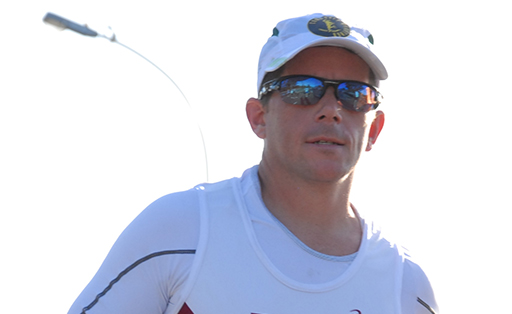
04/04/2018 | All news, Athletes, Running, Strength and Conditioining
March in South Africa is the month when many of the big endurance events occur nationally as well as many of the school sports festivals. There is the Cape Town Cycle Tour, the Cape Epic and the Two Oceans Ultra Marathon and then of course, the Easter Rugby festivals.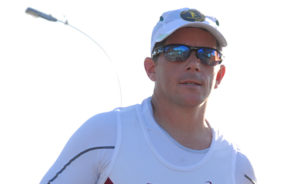
One of my clients/athletes competed in the master’s category of the Cape Epic Cycle and much of his strength and mobility work was done incorporating the Power Plate. In terms of flexibility and strength imbalances, what he initially presented with was typical of cyclists: kyphosis; weak glutes and hamstrings. He lacked flexibility through his posterior kinetic chain and his balance and proprioception was not good at all. (This is problematic for a mountain biker in very technical terrain.)
I changed his program so that all of the workout preparation was done on the Power Plate- stretching, balance and potentiation of the exercises we were going to do that day. Once the specific strength work was done, I put him back on the PP to recover.
He finished the race yesterday and said that his off the bike conditioning played a massive role in his performance. (Loves the PP, by the way).
I also introduced some 13 year old boys to the recover component on the PP- hamstring flexibility at this age is shocking to say the least. Besides the ‘novelty’ of being on a ‘fancy’ piece of equipment, they were amazed at the rapid improvement in flexibility.
The cherry on top of this month’s events was the opportunity to attend the ‘RUN INJURY FREE’ workshop by Dr Emily Splichal. This incorporated PP and Naboso Barefoot Technology. To say that this workshop was impressive would be an understatement and all the delegates, myself included, rated this as one of the best they had attended.
The beauty of it was that it showed yet again how PP can be integrated into all aspects of training and that the technology is aligned with other systems, like Naboso. Keep watching the Power Plate media platforms to see when Dr Emily will be back.
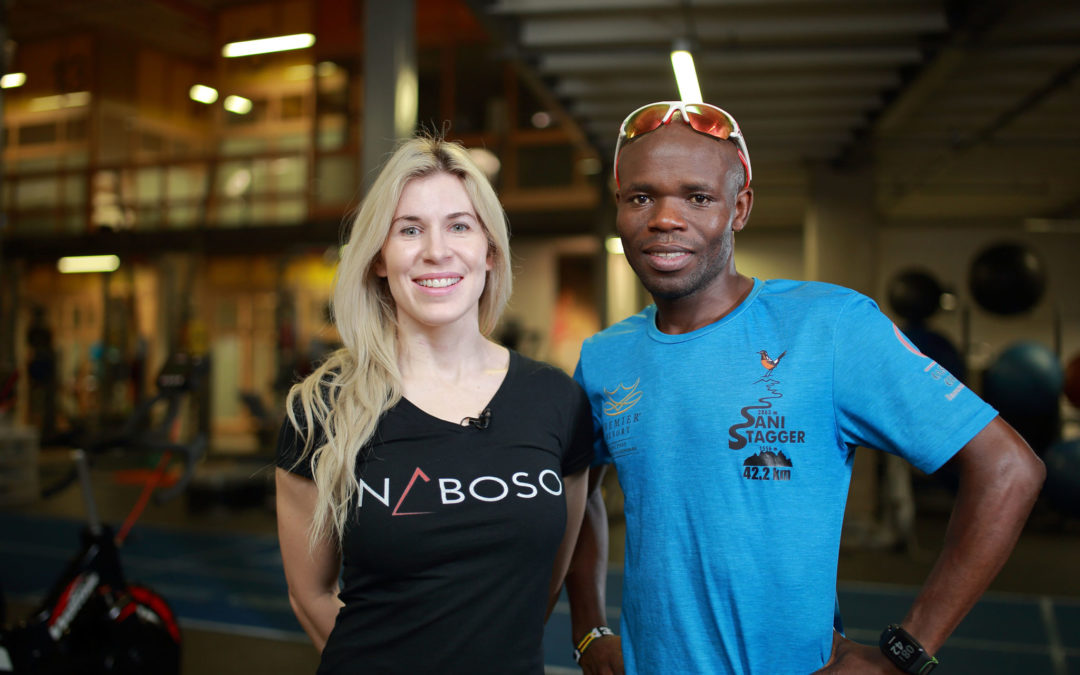
23/03/2018 | All news, Athletes, Strength and Conditioining
As South Africans approach the ultra-distance marathon season, starting with the Old Mutual Two Oceans next weekend, the Run Injury Free programme in conjunction with Power Plate gives runners the tools to prepare, compete and recover knowing that they are going to remain injury free.
New York-based Dr Emily Splichal is currently in South Africa heading around the country with the Run Injury Free Programme, educating biokineticists, trainers, coaches, and runners about how it works and how the Power Plate is such an integral part of the process.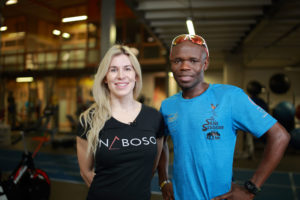
“To date most running programs focus on biomechanics and technique, however very few are looking at these injuries as how they related to neuromuscular control,” Dr Splichal said. “The Run Injury Free Programme by Power Plate and Naboso Technology is the answer to preventing running injuries from a neuromuscular perspective.
“Naboso Technology has partnered with Power Plate to bring a new approach and perspective on running-related injuries.
“70 – 80% of runners will get injured at some point during their running career which means the prevention of injury is critical in this population.”
The Run Injury Free Programme is being launched around the country as runners gear up for the upcoming Two Oceans and Comrades Marathons. The most important element of the programme is that it is not specifically aimed at elite athletes.
“All runners regardless of fitness level or running distance will benefit from the Run Injury Free Programme,” Dr Splichal stressed. “All runners require the same stabilization and neuromuscular coordination to meet the repetitive impact of running.
“In fact, all movement, including walking and jumping have similar demands on the neuromuscular system which means this program would benefit not just runners.”
Power Plate hinges on three major components, prepare, perform, recover. The Run Injury Free Programme too follows the same principals.
“Run Injury Free is our way to help runners, number one, better understand the demands of running, number two, better prepare their body to meet these demands and, number three, more effectively recover to offset stress and injury risk.
“It includes our pre-run prepare section which is done before the runners put on their shoes and start running, the post-run recovery which is intended to more effectively reduce the stress associated with running.
“Then the two workouts that challenge the stabilization and muscle activation demands of running and finally, the recovery core flow to focus on increased core strength and total body flexibility needed for running,” she explained.

22/02/2018 | All news, Fitness, Strength and Conditioining
The utilization of Power Plate in the training environment brings with it a number of mixed signals from the gym members.
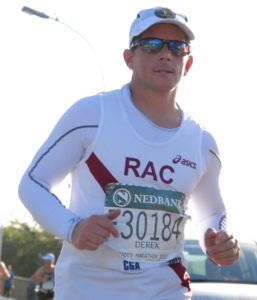 There are those that utilized it when it first came onto the market, but were never really educated on how to use it. There are those that have never been near the Power Plate because they thought it was more of a gimmick than a medical grade training instrument. Finally, there are those who have never seen it before.
There are those that utilized it when it first came onto the market, but were never really educated on how to use it. There are those that have never been near the Power Plate because they thought it was more of a gimmick than a medical grade training instrument. Finally, there are those who have never seen it before.
I encountered all three of these in our facility and realized it wasn’t necessary to have three different approaches. It was more simple and effective to do the ‘First Impression Demonstration’ and the WOW program.
Being able to give a thorough explanation, including the physiological systems effected by Power Plate utilization, was sufficient to get everyone on to the same page – or to the point where they wanted to know more and try more.
Also, the fact that the new approach is about integration into existing training programs/systems, and not just about replacing them, made it more appealing. (Considering that people are scared of change, an integrated approach is less intimidating)
Enter the arena: Prepare – Perform – Recover.
Based on my clients’ individual needs, I introduced the Power Plate into their workouts – starting with their Dynamic stretching and movement preparation.
Needless to say, the subsequent improvement in mobility and muscle activation was hugely noticeable. For some exercises, I moved back to the Power plate for the potentiation of the movement and there was an increase in movement efficiency and in the load used.
Thoughts going forward: Education and experience will improve the number of people willing to try the Power Plate.
Derek Archer
Director of Education
B.A Human Movement Sciences
FITPRO- Institute of Fitness Professionals


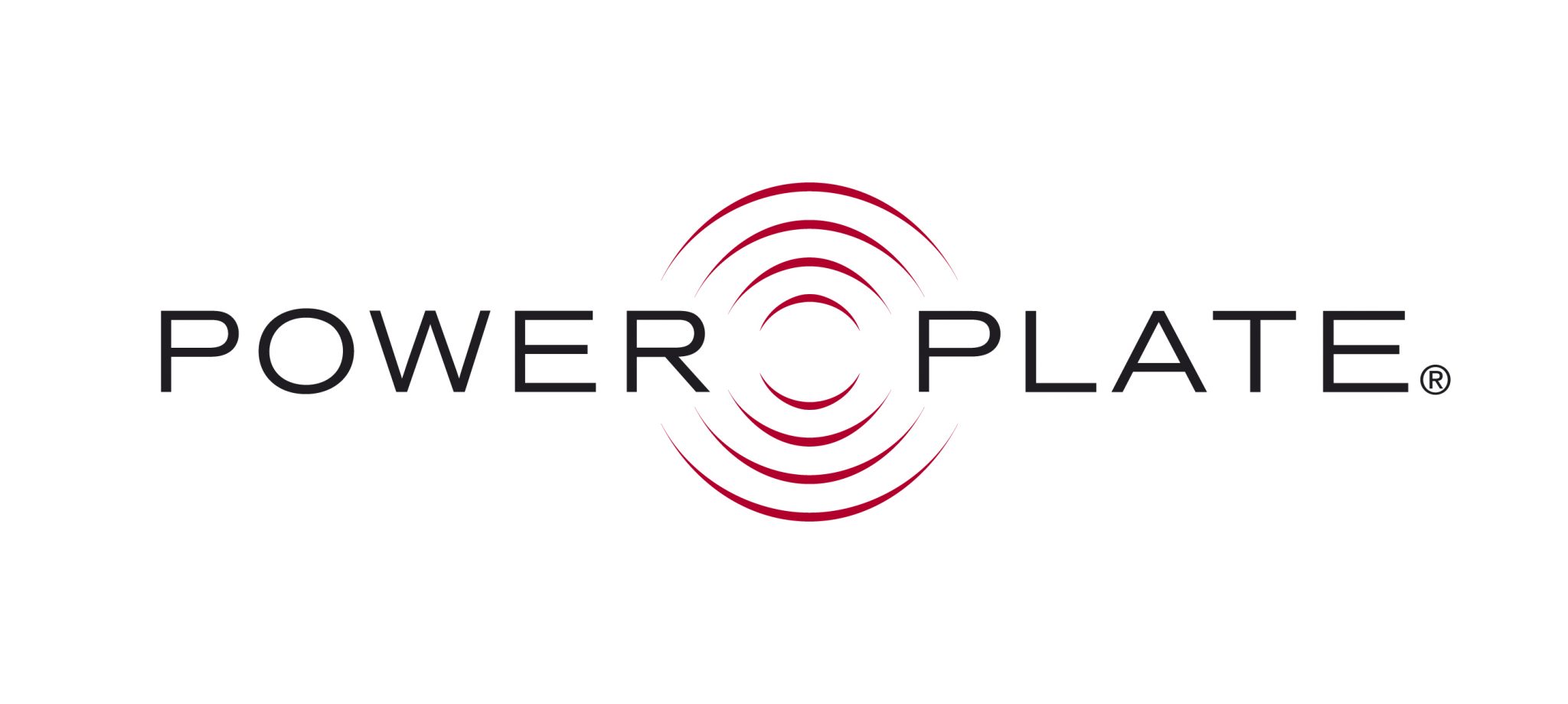


 There are those that utilized it when it first came onto the market, but were never really educated on how to use it. There are those that have never been near the Power Plate because they thought it was more of a gimmick than a medical grade training instrument. Finally, there are those who have never seen it before.
There are those that utilized it when it first came onto the market, but were never really educated on how to use it. There are those that have never been near the Power Plate because they thought it was more of a gimmick than a medical grade training instrument. Finally, there are those who have never seen it before.